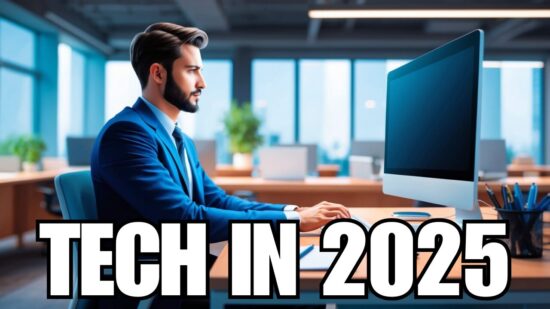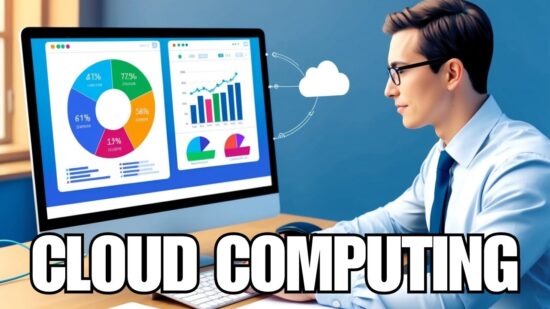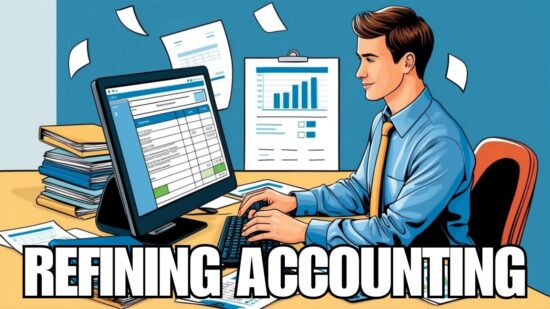Keep Yourself Safe While Using Zoom
You need face-to-face interaction, despite social distancing requirements. But naturally, you’re concerned about security threats on popular video conferencing applications. We don’t blame you
Around the world, people are craving face-to-face interaction on professional and personal levels. Social distancing has left many of us unable to see friends, family, and coworkers, so naturally, we gravitate toward the next best thing
Video conferencing.
Zoom, a popular video conferencing software, has seen a DRASTIC increase in users since the coronavirus pandemic began – from business professionals holding meetings to review workflows to students learning from their professors to parents keeping their kids connected with friends.

If you’re concerned with all of the security incidents you’ve heard about on the news, you’re not alone
It’s no secret, we all need SOME form of face-to-face interaction, but for many, concerns surrounding security threats can make it a stressful experience, especially those using the video conferencing software to discuss sensitive corporate matters.
- You don’t want hackers eavesdropping on private conversations about your company.
- You don’t want hackers taking recordings of your meetings.
- You don’t want hackers hijacking your children’s calls and displaying anything inappropriate.
- But you’ve likely heard about all of the above happening – and happening frequently, for that matter.
We’re here to tell you it’s still safe, as long as you take the right measures to protect your video calls
Zoom is a fantastic choice for anyone looking to stay connected as it allows for the following:
- Communication between up to 1,000 participants with functionalities like video chat, screen sharing, private messaging, and more.
- Four tiers of pricing starting with a free version that gives you 40-minute video conference calls at a time.
- Instant or scheduled meetings to allow for quick follow-ups or chats, as well as recurring meetings.
We’re here to tell you that it’s still safe to use, as long as you take the right measures to protect your video calls. Here’s what to do:
- Protect your login credentials and treat them the way you would any other sensitive information. Don’t share them with friends or family and don’t send them via email. Use a strong password with a minimum of 12 characters.
- Use a password for meetings to minimize the risk of unauthorized access. Talk with your team or family and make sure they’re aware that all meetings must be set up to require a password to join.
- Be careful with phony software downloads as cybercriminals have registered a ton of domains to portray themselves as the company and offer downloads of the video conferencing software.
- Use a unique meeting ID rather than your personal meeting ID. This way, if something does happen, your personal meeting ID is still safe and out of harm’s way. Of course, avoid posting the unique meeting ID publicly to prevent unauthorized access.
There you have it. In four simple steps, you can enjoy connecting virtually with your friends, family, and co-workers without worrying about all of the security threats you’ve heard about. Our team is here to help you make the most of your time at home – without sacrificing cybersecurity.
Ready to get started?
- Follow the four tips we mentioned above while you’re using this popular video conferencing software.
- Schedule a free, no-obligation meeting to chat about your remote work and cybersecurity concerns.
- Receive a remote work and cybersecurity strategy designed to make your new normal safe and efficient.
Go ahead and call us today at (408) 849-4441 or get in touch with our team of technology professionals now. We’re here to take away the uncertainty.






